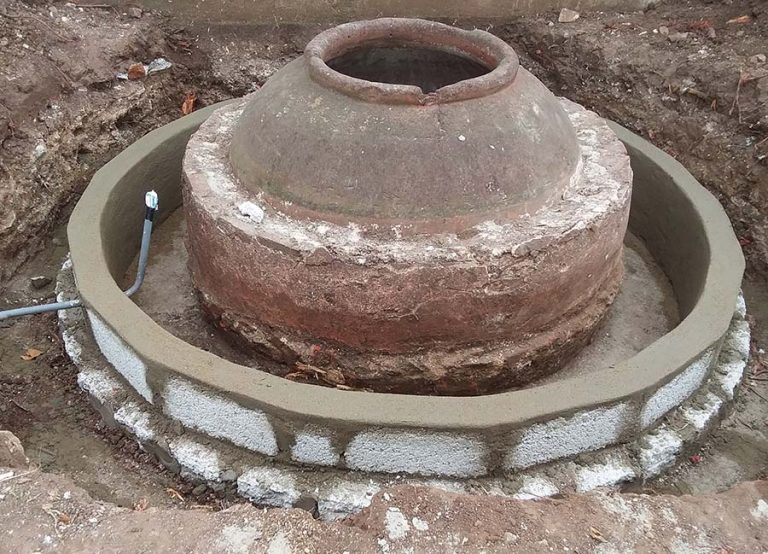It is April 1869. After the revolutionary outbreak against the Spanish colonial power occurred at the end of 1868, Oriental representatives, from Camaguey and Las Villas meet in a constituent assembly in Guáimaro, an eastern small town of the Camagüey region. From that significant event emerged the Republic of Cuba in Arms and with it the first Cuban constitution.
On the verge of commemorating the 150th anniversary of the singular event, the authorities and people of today’s beautiful city reactivate previous intentions and initiate new work objectives with the view to celebrate the event with renewed beauty in the city and improvement in the quality of life of its inhabitants.
The broad work movement includes the support of provincial entities and of course our Office of the Historian of Camagüey City also contributes in concrete experiences and tasks, preceded by the prestige and recognition before the transformative work in the city of Camagüey and the vital support to similar processes developed in Jaronú and Florida.
The OHCC has been immersed in the rehabilitation works carried out in the Constitución and Ana Betancourt parks. These central urban spaces were revitalized with the placement of new lighting and the improvement of gardening. In the case of the central park, it was also equipped with urban furniture and sections of the floor and sidewalks were reconstructed, all actions that substantially improve its attractions and benefits as spaces for socialization.
To the previous tasks was added the cleaning of the monuments that preside over these squares, which product of the action of the elements and the passage of time required a treatment to restore the beauty and hierarchy of those who are imbued. Less in terms of the size of its execution, but not its meaning, was the conservation task carried out in the historic tinajón adjacent to the Guaimarense museum. This typical piece of Camagüey’s patrimony is the only material exponent in situ of the old house where the Guáimaro Assembly was held and was in serious danger of deterioration, so members of the OHCC worked on its revaluation as a piece of high symbolic value.
Contributions of this nature that comply with the social mandate of the OHCC continue raising the capacity of the institution to respond with excellence to defend the history of Camagüey.
Photo: OHCC photo file
Translated into English by José Carlos García Cruz






